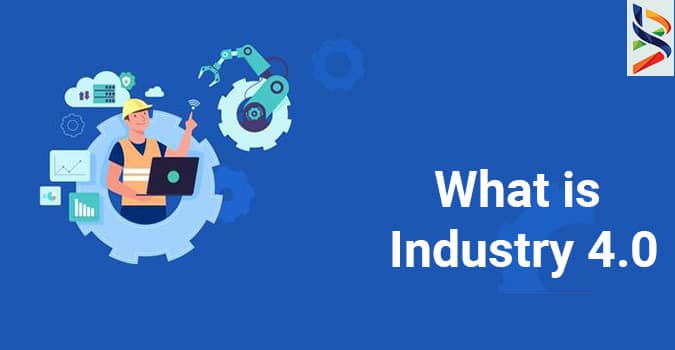What is Industry 4.0?

Industry 4.0 is a reference to the 4th industrial revolution but it also covers aspects that aren’t typically considered to be industrial applications on their own like smart cities..
What is the Fourth Industrial Revolution?
The first industrial revolution began with the introduction in mechanization and steam power, and water power.
Then came an Second Industrial Revolution which was centered around assembly lines and mass production with electricity.
The third industrial revolution was a result of electronic devices, I.T. systems and automation. These resulted in the fourth industrial revolution which is a result of cyber physical systems.
Industry 4.0 Technologies
Generally speaking broadly, generally speaking, 4.0 refers to the increasing trend toward automated processes and the exchange of information in the technology and processes in the manufacturing sector, such as:
- Internet of things
- Industrial internet of Things (IIoT)
- Cyber physical Systems (CPS)
- Smart manufacturing
- The smart factories
- Cloud computing
- Cognitive computing
- Artificial intelligence
The automation is a production system in which machines in factories are connected wirelessly and sensors that allow them to examine and monitor the entire process of production and take autonomous decision-making.
The wireless connectivity and the enhancement of devices will be significantly improved with the full deployment of 5G. This will result in speedier response times and allow the use of near-real time communications between the systems.
Fourth industrial revolution also has a connection to digital twin technology. Digital technology can be used to create virtual versions of real-world systems or processes, as well as applications. They can be then rigorously tested to come up with cost-effective, decision-making decentralised.
These virtual copies will be created in the actual world and connected, through Internet of Things, which allows the cyber-physical systems to communicate and collaborate with one another and human personnel to develop an integrated real-time data exchange process and an automated process to enable industry 4.0 manufacturing.
The automation comprises inter connectivity between processes, transparency of information and technical support for decentralized decision-making.
In the end, this will enable digital transformation. This will permit an automated, autonomous production through joined-up systems that cooperate with one another.
This technology can help to solve problems and improve processes while improving productivity.
What is an Example of the Industry 4.0 Revolution?
Industry 4.0 has been demonstrated in business models like off-line programming, as well as the adaptive control for arc welding which takes the process from design to simulation before moving onto the floor of the workshop for production.
There are many instances of businesses that have implemented Industry 4.0 in automotive manufacture and various smart factories around the globe.
Industry 4.0 at TWI
TWI has been studying Industry 4.0, with a special attention given to the applications to joining and related technologies. Digital manufacturing is a major area of development that has been explored through TWI projects as well as industrial cases.
These projects are that are related to fields such as Rapid prototyping and prototyping electronics, sensors, as well as digital twins for inspection purposes.
The expertise of TWI ensures that we remain in top of the line in this new variety of technologies, processes and applications in a range of industries.
What are the Details of Industry 5.0?
Industries 5.0 can already be talked about and includes intelligent machines and robots that allow humans to function more efficiently and with greater efficiency.
Eben Ostergaard Universal Robots chief technology director and co-founder, stated, “Industry 5.0 will make the factory a place where creative people can come and work, to create a more personalized and human experience for workers and their customers.”
Connecting the ways that machines and people interact, experts predict that the advent of Industry 5.0 is expected to mean more than 60 percent of manufacturing logistics, supply chains and logistics agriculture, mining , oil and gas sectors will have chief robotics officers by 2025.
The European Economic Social Committee asserts that “The proliferation of robotic automation is inevitable.”
Comments